The top 10 courses in The LINKS 100 mostly followed the script, with familiar names such as Cypress Point, Pine Valley, Royal County Down, and the Old Course at St. Andrews taking their usual places. Elsewhere on the list, however, several eyebrow-raisers emerged, some distinguished by their inclusion, others by their placement and still others by their omission.
Here are the top five surprises in the first edition of The LINKS 100.
5. Paraparaumu Beach—Paraparaumu, New Zealand (No. 92 in The LINKS 100)
So many superb courses have debuted in New Zealand during the last 25 years—Tara Iti, Te Arai North and South, Cape Kidnappers, and Kauri Cliffs, for starters—that some of the country’s well-respected elders have drifted into the shadows. One of them, Paraparaumu Beach, has re-emerged into the sunlight. Designed in 1949 by Alex Russell, the same architect that produced the East course at Royal Melbourne, Paraparaumu Beach is a par 71, 6,555-yard layout that doesn’t sit directly adjacent to the sea. In every other respect, however, it epitomizes a classic Scottish links, with rumpled fairways, bunkering that matches the small scale of the property, and ever-present breezes.
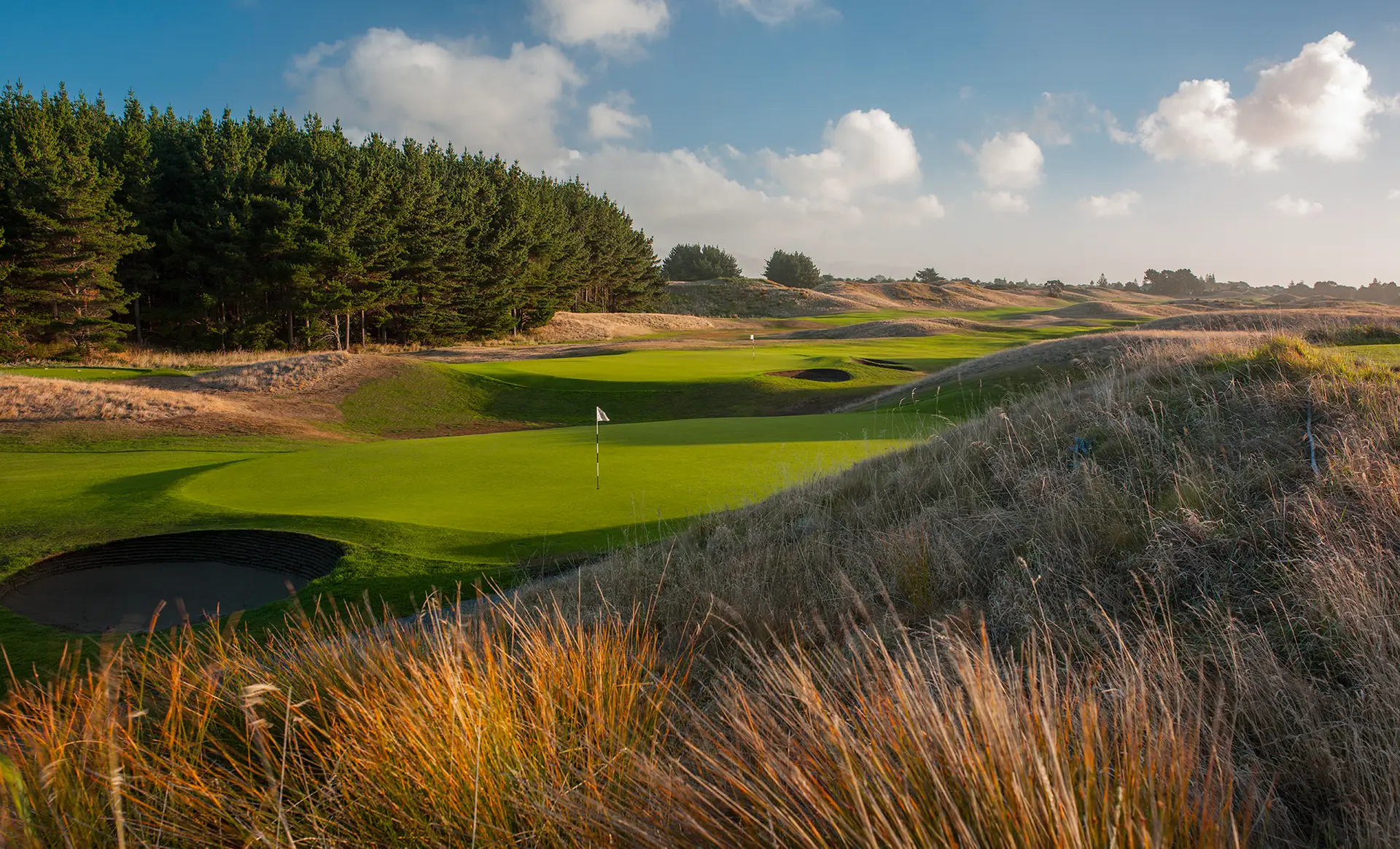
Located on the North Island, 45 minutes north of the country’s capital of Wellington, Paraparaumu Beach was long lauded as New Zealand’s best course, and played host to the New Zealand Open a record 12 times between 1959 and 2002. Among the major champions who triumphed in the New Zealand Open here were Peter Thomson in 1959, Bob Charles in 1966, and Corey Pavin in 1984. Tiger Woods competed here in 2002, as a favor to his caddie, Steve Williams, who grew up just down the road, but Tiger could do no better than 5-under-par, six shots behind winner Craig Parry. In 2000, the GOLF Magazine book, The World’s 500 Greatest Golf Holes, included Paraparaumu Beach’s 442-yard par-four 17th, which features an upper and lower fairway.
More than 60 years ago, American TV viewers were introduced to the course when it played host to a Shell’s Wonderful World of Golf match between Bob Charles and Bob Goalby, filmed in 1962 and aired in 1963. And veteran Top 100 watchers may recognize Paraparaumu Beach from it being ranked among GOLF Magazine’s top 100 courses in the world from 1989 through 2003, reaching a high mark of 71 in 1995. With the Society architects who voted in The LINKS 100 prioritizing sand-based, seaside layouts in their evaluations, perhaps it’s unsurprising that Paraparaumu has resurfaced as an elite course.
4. Pete Dye Golf Club—Bridgeport, W. Va. (No. 50 in The LINKS 100)
Two hours south of Pittsburgh in the heart of coal country is this one-of-a-kind creation that began life in the 1970s yet didn’t open its 18 holes until 1995. Deep pit lakes and mine remnants—even a cart ride through an old mine shaft—make for authentic reminders of what the property had been. Yet, the results are pure Dye, with deep, strategically placed bunkers, effective use of a river and lakes as hazards, bluff-top tees and greens, and a superb, rugged closer.
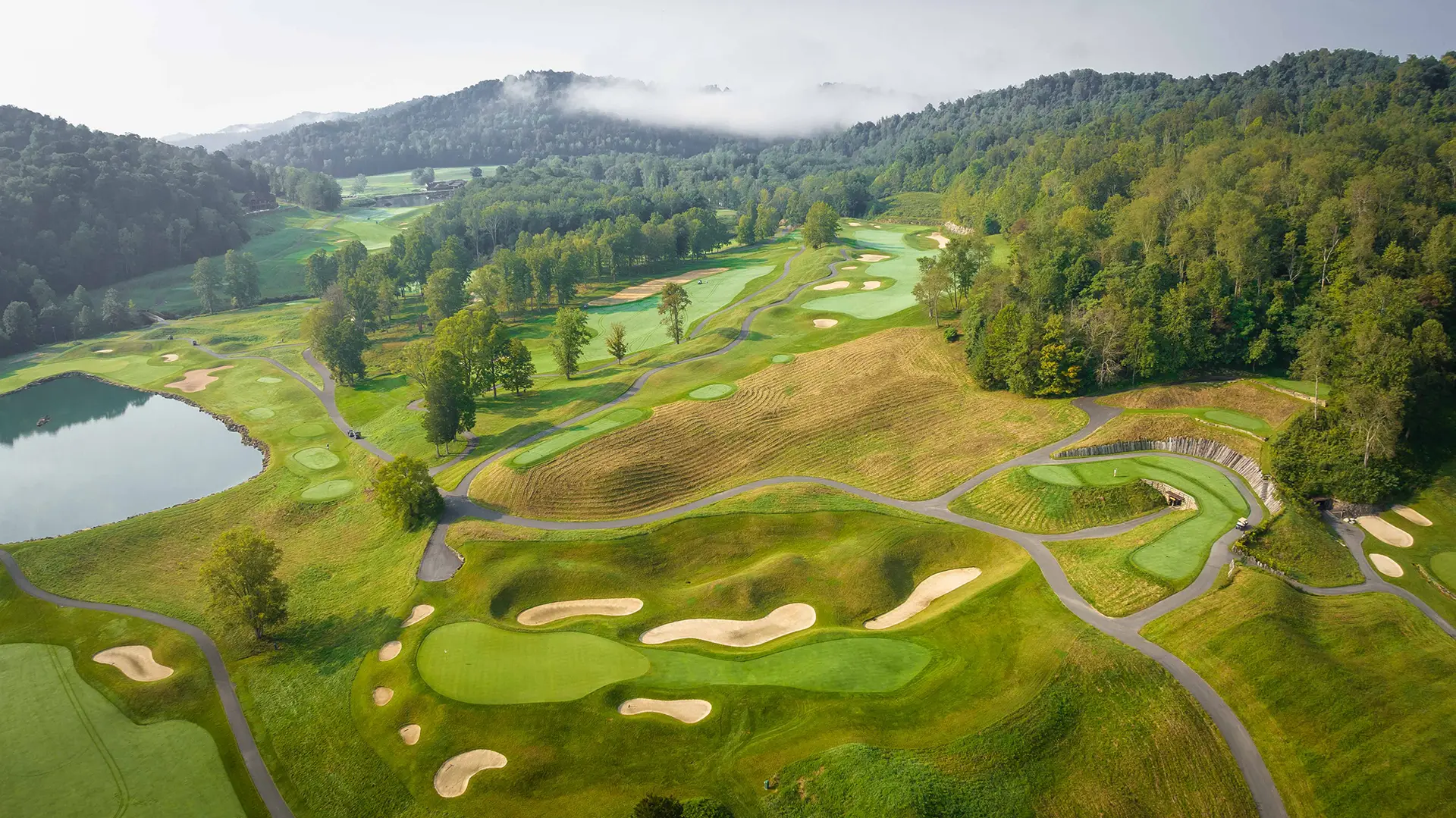
Named for the most influential architect of the second half of the 20th century, Pete Dye Golf Club served as a distinctive Nationwide Tour event host from 2004–09, when winners included Jimmy Walker and Jason Gore. The Society architects who cast their votes obviously have great reverence for the works of Pete Dye. Pete Dye Golf Club climbed to No. 45 in the U.S. in the 2011–12 edition of Golf Digest’s America’s 100 Greatest Courses, but it has never attained a ranking in a World Top 100 before. The fact that it finished at No. 50 in The LINKS 100 was certainly surprising.
3. Peninsula Kingswood (North)—Frankston, Australia (No. 91 in The LINKS 100)
Very likely a collective, “Huh?” emerged when readers saw this golf course ranked No. 91 in The LINKS 100. You can say the same for several of the LINKS editors. Only in the deepest recesses of golf course architecture chat rooms had Peninsula Kingswood previously come up for air, but its proponents have stated their now convincing case for roughly a decade.
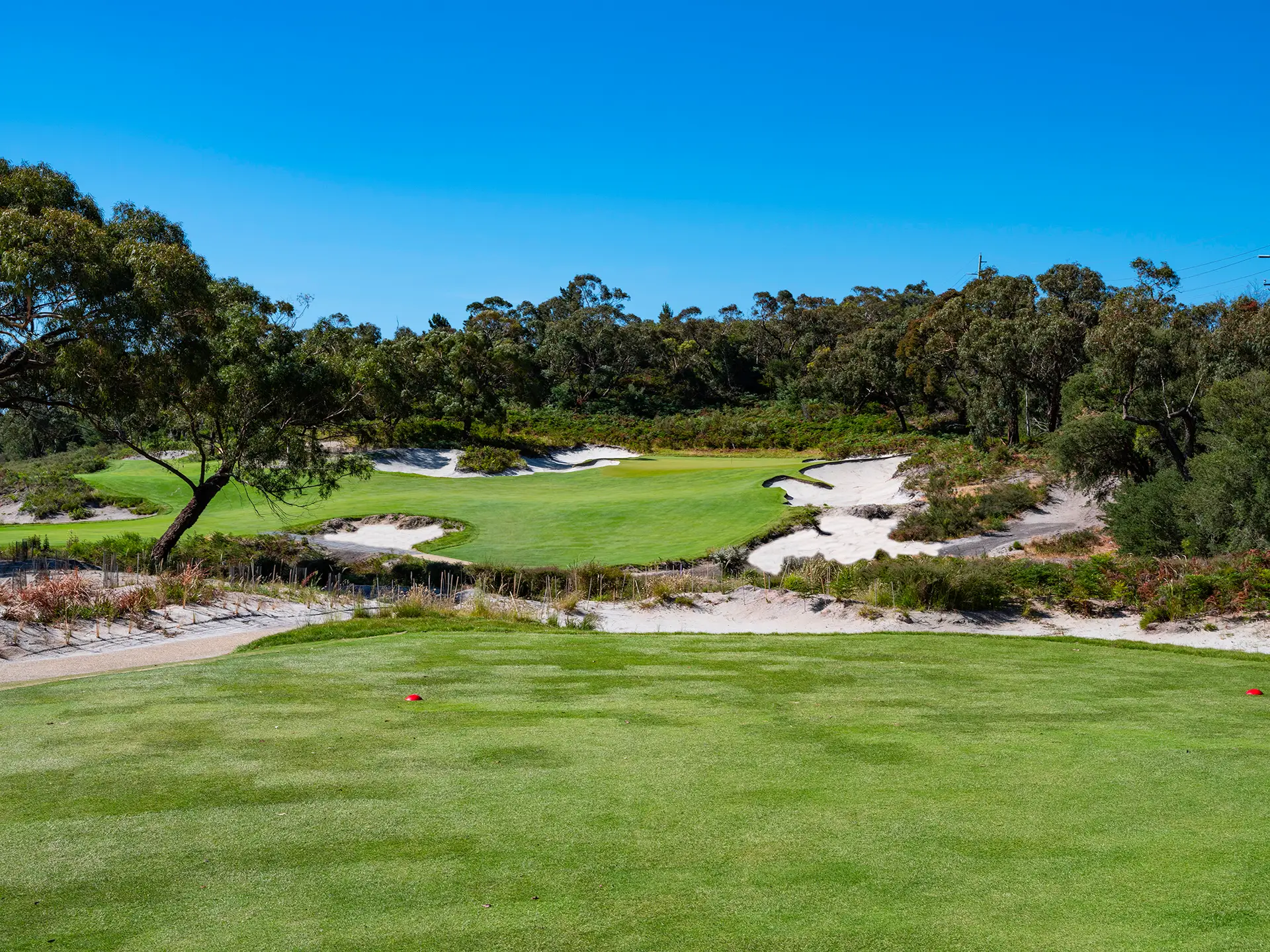
Peninsula Kingswood was formed in 2013 after the merger of two coastal clubs in Victoria, 15 miles south of Royal Melbourne. With the cash from Kingswood’s golf course sale to a real estate developer, the new club, known by the locals as “PK,” benefitted from an Ogilvy, Clayton, Cocking and Mead (OCCM) makeover—spearheaded by former PK member Mike Cocking. (Ed. Note—Mike Clayton departed the firm in 2019.) With bunkering, scale, green complexes, and strategies resembling a modern-day Royal Melbourne, Peninsula Kingswood has captivated all who have encountered it. In a curious twist, PK’s South course—long considered the tournament track—has taken a back seat to the North, primarily due to the latter’s superior elevation changes—which were apparently sufficient to elevate the course into The LINKS 100.
2. Royal Melbourne (East)—Black Rock, Australia (No. 36 in The LINKS 100)
Long overlooked compared to its sibling, the Alister MacKenzie-designed West (No. 8 in The LINKS 100), the Alex Russell-designed East has plenty of supporters as well. In fact, six of its holes contribute to the club’s hugely admired Composite course, used for major events such as the 2019 Presidents Cup. In another Presidents Cup year (2011), the club retained Tom Doak to restore the East in some places, tweak it in others, and change one of the problematic boundary road holes, the par-four 15th, into a splendid short, strategic gem, a la Riviera’s 10th.

Even Doak acknowledges that it’s the lesser of Royal Melbourne’s two courses because of the relatively flat terrain and multiple road crossings, but concludes that in his opinion, it’s a shot or two harder than the West and that “no serious golfer should overlook it.” So why is it the No. 2 surprise of The LINKS 100? Only its placement—at No. 36 in the world, ahead of Riviera, Sunningdale (Old), TPC Sawgrass, and Pacific Dunes. Royal Melbourne East has made other prestigious Top 100 lists over the past 20 years, but never did it place so high.
1. Hoiana Shores—Quang Nam, Vietnam (No. 86 in The LINKS 100)
Crashing The LINKS 100 with the minimum number of votes required for inclusion, this 7,401-yard, par-71 Robert Trent Jones II creation from 2020 was the second youngest course to make the list, and the only course to do so from Asia. Reviews since its opening, however, yield a chorus of unanimous acclaim. A manufactured, but legitimate links—built on sand next to the East Vietnam Sea—the course plays firm and fast, a tribute to the Zeon Zoysia grass fairways and the sand underneath. Holes twist through the dunes early on then hit a crescendo late in the back nine when they’re routed next to the beach.
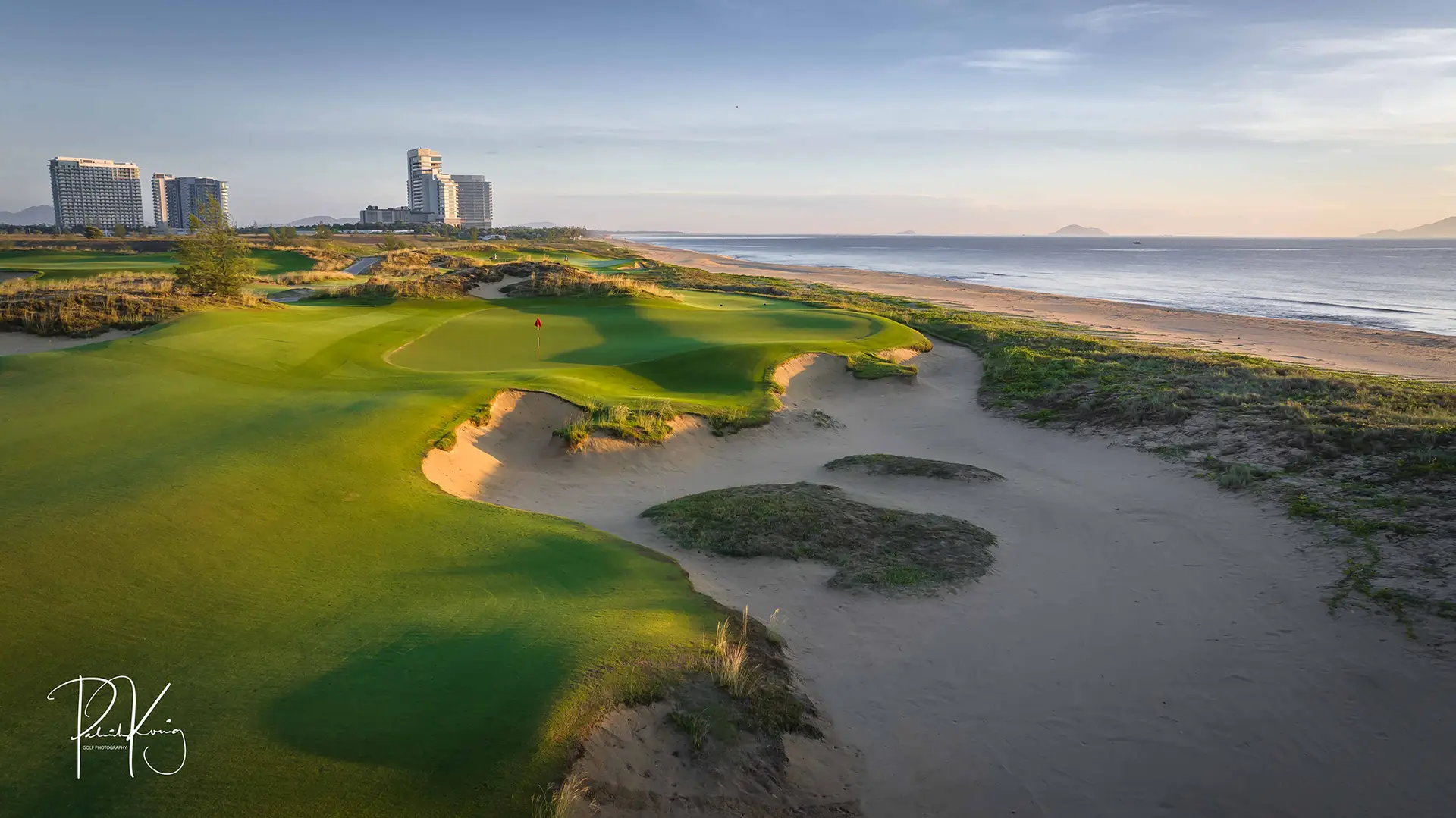
“I’ve been working in Asia all of my adult life,” said Jones ahead of opening day. “We’ve worked all over the region and looked at projects in Vietnam. But it does feel as though the best site has been saved for us. It’s been a lovely treasure hunt that ends with us finding a golf course project hard by the sea. Where great land meets the sea, great golf can happen.”
What other courses surprised you by their inclusion on The LINKS 100?


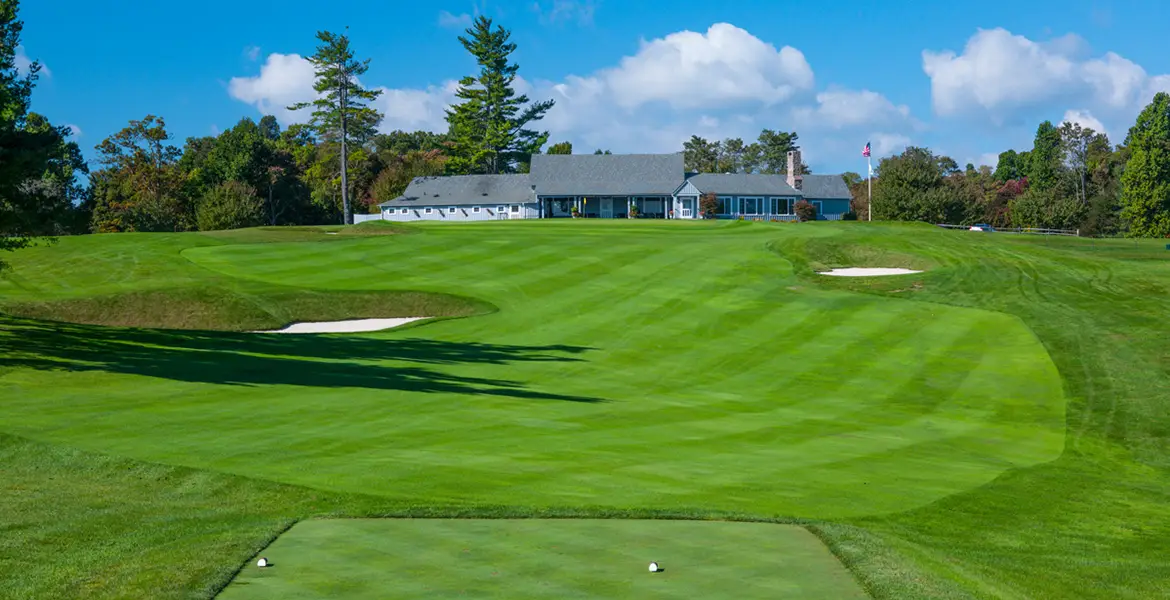




Loved Eastward Ho, one of the few seaside courses in the Northeast.